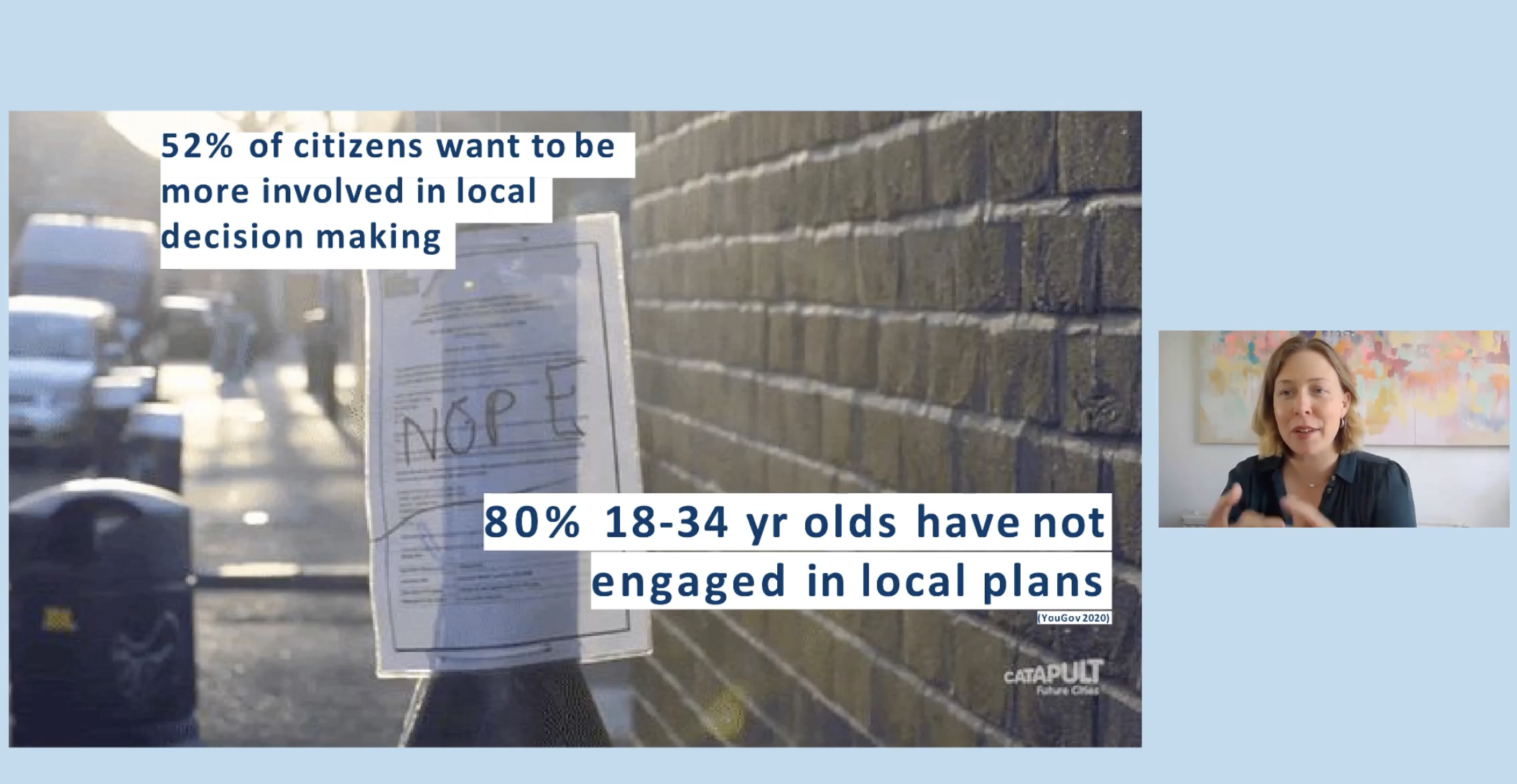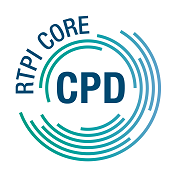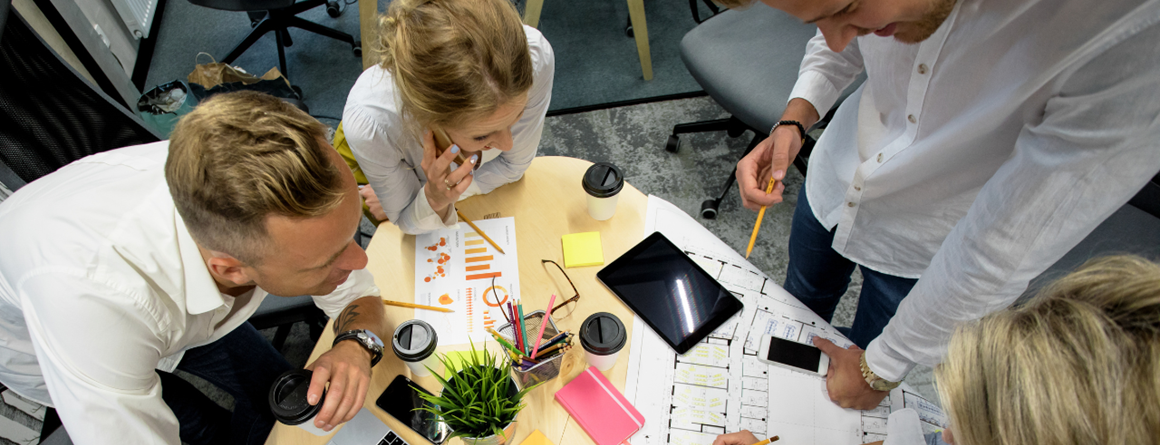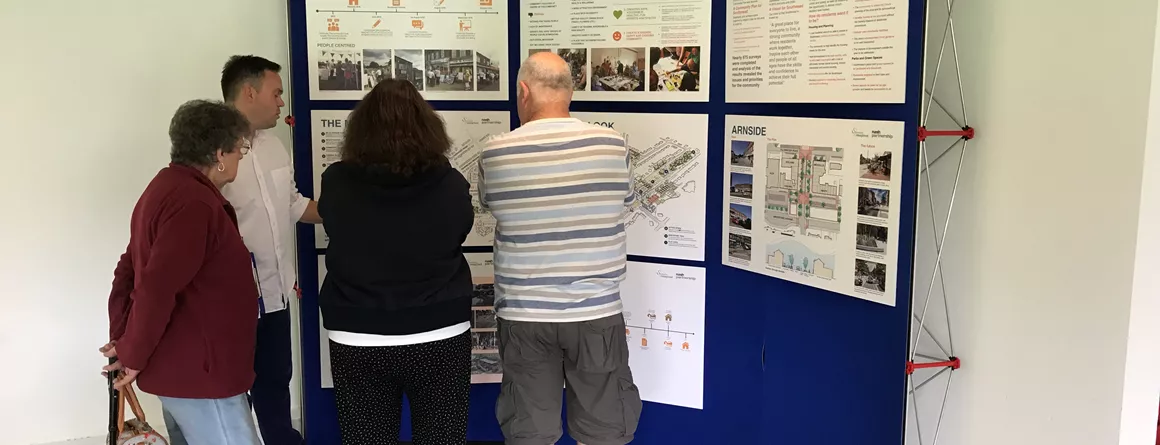Digital Planning – The good, the bad, the ugly
BOOK ONTO THIS EVENT
Technology and big data are already transforming the planning system, giving us new ways to engage with local people, understand day-to-day patterns of place usage and cooperate with neighbouring authorities and infrastructure agencies. The 2020 Planning for the Future White Paper set out intentions to take this further with ‘a radical, digital-first approach to modernise the planning process…moving from a process based on documents to a process driven by data’ (p.21). Similarly, the COVID-19 pandemic has driven many planning organisations to move their activities into virtual spaces, from day-to-day collaboration, to site visits and public consultation. However, other perspectives on digitisation processes warn us to be cautious of their potential to further fragment the system, to be exclusionary and, in extreme circumstances, racially biased.
This session brings together expert speakers addressing the spectrum of digitisation from the potential opportunities to possible side effects and unintended consequences.
In this webinar speakers will consider:
-What role can digitisation play in day-to-day planning activities?
– How can effective use of digital systems promote community engagement?
– How is digitisation impacting on case law?
– What are the possible unintended consequences of digitisation?
Through a combination of expert speakers and discussion, you will learn:
– How digitisation can increase the efficiency of planning activities
– How digitisation can contribute to effective engagement activities
– How digitisation is being cited in emerging case law
– How digitisation can have negative effects, that needs to be considered








